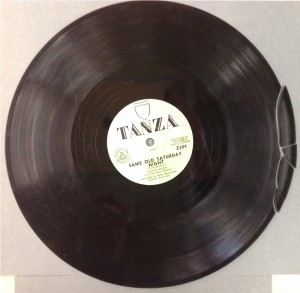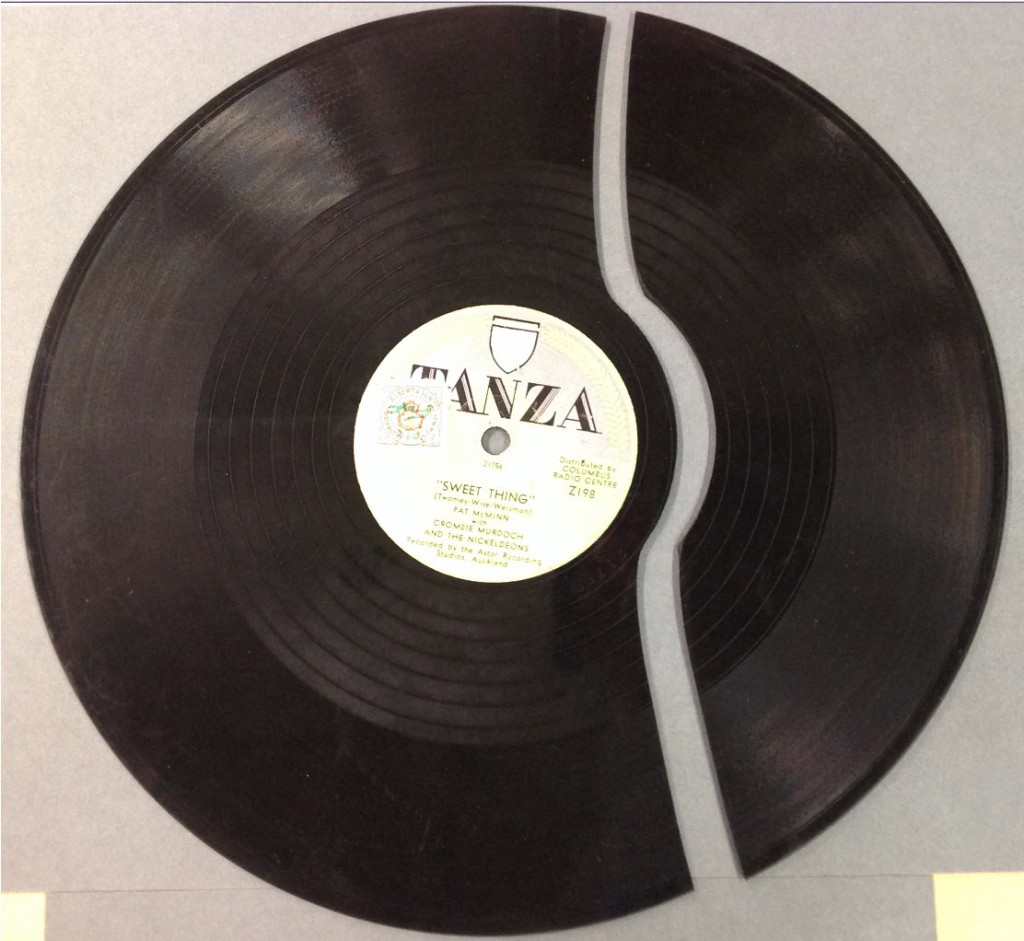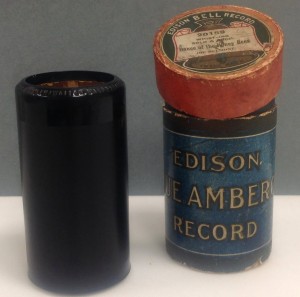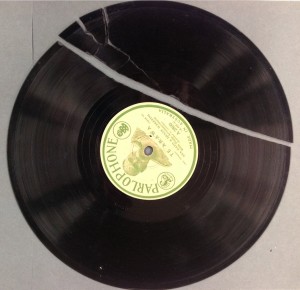Blog post prepared by Amanda Mills, Liaison Librarian – Audiovisual and Music
UNESCO World Day for Audiovisual Heritage is held annually on October 27th to raise awareness of collections of audiovisual objects around the world in various institutions. While this celebratory day has passed, it is always advantageous to draw attention to the importance of audiovisual collections and to their fragility.
It is worth remembering that audiovisual materials are very important primary records of the 20th and 21st century. Countless major historical moments of the last 100 years have been captured in film, or on sound recordings. Many of these recordings are now iconic, for example footage of the fall of the Berlin Wall, and Martin Luther King’s ‘I Have a Dream’ speech.
However, much audiovisual material has been lost, or is in danger of disappearing. Purposeful destruction, decay and obsolescence of format, and neglect are some of the factors that contribute to much of this cultural loss. The theme for the 2014 World Audiovisual Heritage Day was “Archives at risk: Much more to do”. Audiovisual collections are often at risk because of the inherent fragility of the materials used : all audiovisual heritage is endangered.
In New Zealand,audiovisual collections are held in many institutions, including the Hocken Collections, and the Alexander Turnbull Library. Preservation programmes are undertaken to ensure the survival of these precious items, though often these are hampered by lack of resources. Audiovisual digitisation and preservation is highly skilled and labour intensive work. But the collections that are in the care of institutions, archives and libraries are highly valued and we do our best. Apart from preserving sound and images for the future digitisation can improve access to AV collections. Many people know of their existence, but often not the depth of the collections. Making digital copies available online brings them to a new audience.
The Hocken Collections has many different formats of audiovisual material. Formats such as cylinder, open reel tape (ORT), and 16mm film are challenging to for us to digitise, as suitable equipment is often difficult to source. Film reels are a precious source of historical content and information, and we have very pleased to have preserved the Hocken’s motion picture films with the help of the local Film Heritage Trust. A sound format that presents interesting preservation issues is the 16” transcription disc – turntables need be larger than usual and require a longer tonearm to accommodate the disc size. Rare and unique material is part of the Hocken’s collection, and we are currently building our capacity to care for this material using the highest standards and best practice.
The images presented here include three broken 78rpm discs that we have in our collections, though they have been removed from circulation! The was cylinder is not broken. They are all extremely fragile, and care is required in handling them. This is only one example of how delicately balanced the preservation of audiovisual material can be, and how vulnerable the content and the carrier (formats) are.




